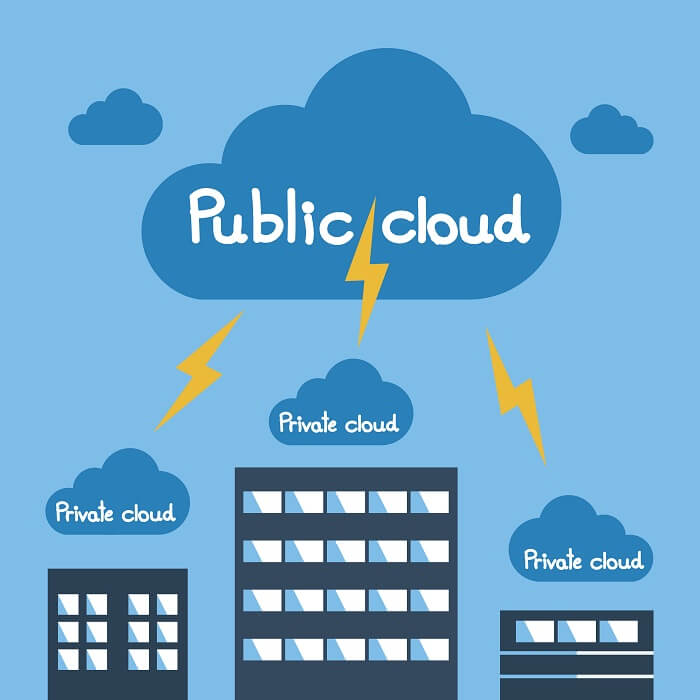Jason Lopez: So in your experience with HCI, what happened when you implemented it?
Christian Aboujaoude: Things got easier. My workload got reduced. I didn't have as much work to do. I didn't have as much downtime as I needed to incur. I didn't have as much complexity from a scalability perspective. For all intents and purposes really was all plug and play. You know, there, there's an inherent kind of get you up and running faster with HCI, which is something that is a lot more difficult to do when you have a three-tiered architecture that you're using. So the efficiency gain from going to HCI was significant, both on the resource end, as well as on the performance end. Scalability is next. And then the last is operational impact in a positive way. Meaning the reduction of operational workloads.
Jason Lopez: So just lately, what has the transition to HCI been like?
Christian Aboujaoude: I will tell you we have done in the last, just in the last six months or, or so we have refreshed a significant number of our HCI nodes, just because we had notes that have come to the end of support end of life. So we're doing the transitions. And I did that to the tune of like hundreds of terabytes and client sessions and CPUs of blah, blah, blah, blah, all the, all the fun, little performance things that you would think of and not a soul in the organization knew that we were doing it. And I think that that is quite different doing it with an HCI environment versus a three-tier product, because when you're doing a three-tier product and you're doing cutovers, you must, at some point do the last commit, which means services will stop. And instead from an HCI environment, it's the idea of coming extremely close to that evergreen scenario and building things in N plus two N plus three configurations. So workloads are being shifted back and forth. You're doing maintenance, you doing all these things, I'm reducing the amount of you know, non any kind of unscheduled down if you would, and we're reducing them from that perspective. So that's a fact about HCI that I think it's much more difficult to have in a traditional three-tier environment.
Jason Lopez: There must have been costs, whether financial or resources or even challenges because it’s like anything else when you see the future written on the wall and you know you’ve got to respond in some way. Are you confident about your future path?
Christian Aboujaoude: I'm confident that we're going to the future because a few years ago, I very blunt very, you know, simply and clearly, and bluntly came to my team and said, if we are to be successful long term, to leverage the cloud, to leverage things at a much higher rate, like HCI, we must change the way we think and look at it. Doesn't have to be large. It doesn't have to be big. It doesn't have to be blinking in my face for it to actually believe that it's working the way it needs to. We need to think about compartmentalizing and really narrowing down how we look at technology. So we are targeting the things that matter and starting to think about how we operate the environment today. So for example, if you were to leverage if you were to tee on the edge of ACI and cloud technology in the cloud versus technology on-prem is not significantly different. The difference is you don't see it. The difference is you pay for it in a way that you're not accustomed to, but usually, it's not a sunken cost. It's a reoccurring cost, but it exposes quite a bit of inefficiency from a process perspective. I think the best way for you to evaluate whether or not you have an efficient it organization, call out, we are transitioning. 100% of our resources are supported to the staff, to the cloud, to tomorrow. Obviously, I'm exaggerating. But the point is, if you were to pick up and move everything tomorrow and you change zero of your process, you are likely to bankrupt the department because there are significant inefficiencies of how people do things on prem because there is no, there's no negative from it. There are no repercussions from the cost perspective. When you actually change that mindset and count and treat the cloud, treat the on-prem environment, even with HCI, as if you're in the cloud, you would have, you will have a significantly, different outlook on things. And then when you transition, you're not going to be faced with surprises that you did not plan for. And that's where I, that's why I feel confident that by going to the cloud, we can be successful given that we started down this transition a few years ago.








